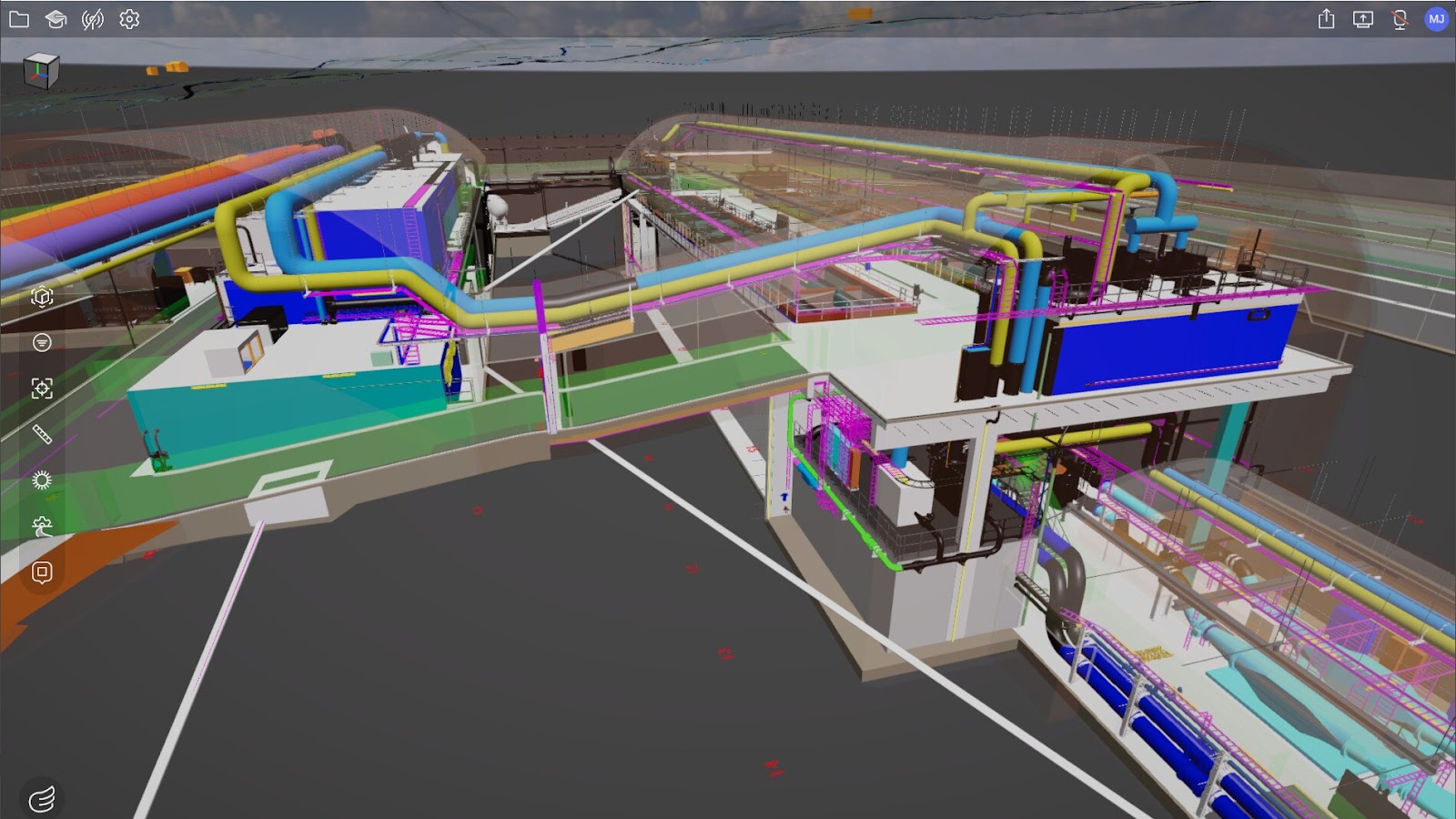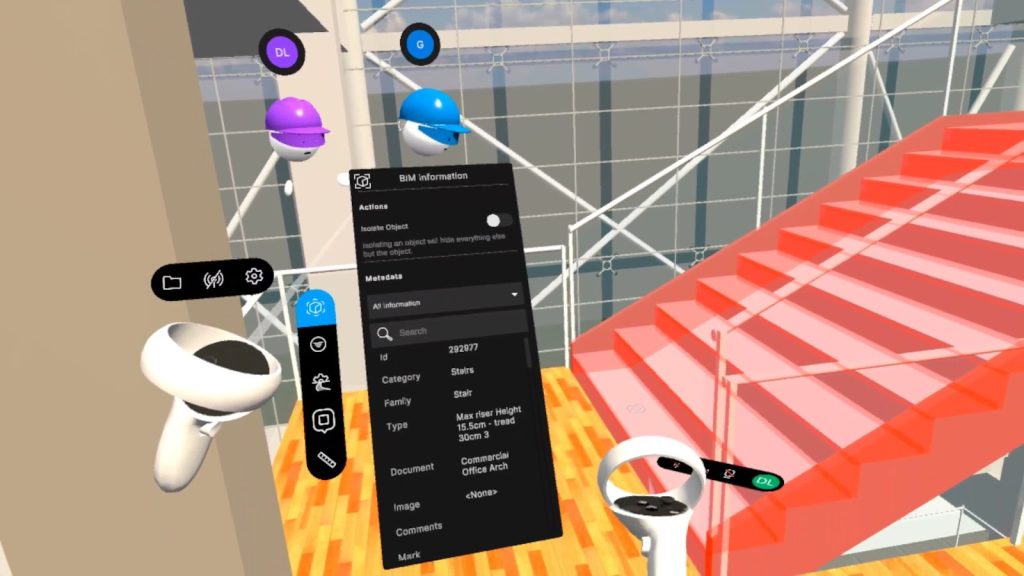Norwegian multidisciplinary engineering and design consultancy Norconsult using untethered VR headset for collaborative design review
Unity Reflect Review, the immersive design review solution for architects and designers, is now available for the Meta Quest 2, the all-in-one VR headset previously known as Oculus Quest 2.
Norconsult, a leading Norwegian multidisciplinary engineering and design consultancy, has been using the new hardware/software combination to cover all phases of a project lifecycle – from the earliest pre-investment and feasibility studies, through planning and design, tendering and construction supervision, to project implementation, operations and maintenance.
“Combining Meta Quest 2 and Unity Reflect Review is a true game changer,” says Marius Jablonskis, digital transformation leader at Norconsult.
“XR was great before, but it was not for everyone. Hardware-heavy processes, cables, tracking stations, remembering to charge multiple devices, logging in and out to multiple accounts, pre-processing the data, exporting, packing and updating it – all these operations made the XR world an exclusive club.
“Unity and Meta’s fusion eliminated all the irritating moments and bottlenecks from the process. Now you just have to pop on the glasses and you’re good to go!”
Norconsult uses Autodesk Revit for design, but typically goes from Navisworks or BIM 360 to Unity Reflect Review.
“We use Unity Reflect Review for visual reviews – including stakeholder, design and safety evaluations – on desktop and in VR and augmented reality (AR),” explains Jablonskis.
Prior to the new integration Norconsult used a custom-developed application on the Unity Editor that compiled .apk files which were loaded to untethered Meta Quest 2 devices, as Jablonskis explains. “The application was used for design review and practical safety evaluations with our safety and design experts, customers, and their operation personnel to evaluate safety aspects of the design and placement of equipment in emergency scenarios.”
“Instead of running a traditional session where everyone looks at the drawings – which would have been a challenge in the middle of a pandemic with capacity and other restrictions – we had several VR operation stations where multiple people could participate at once and the rest could livestream on the screen. That way everyone could participate in a live evaluation and feedback session regardless of their location,” he adds.
“Results were directly integrated into our project management system to ensure optimal insight and dataflow so that no disconnected reports ended up in unmonitored folders.”







